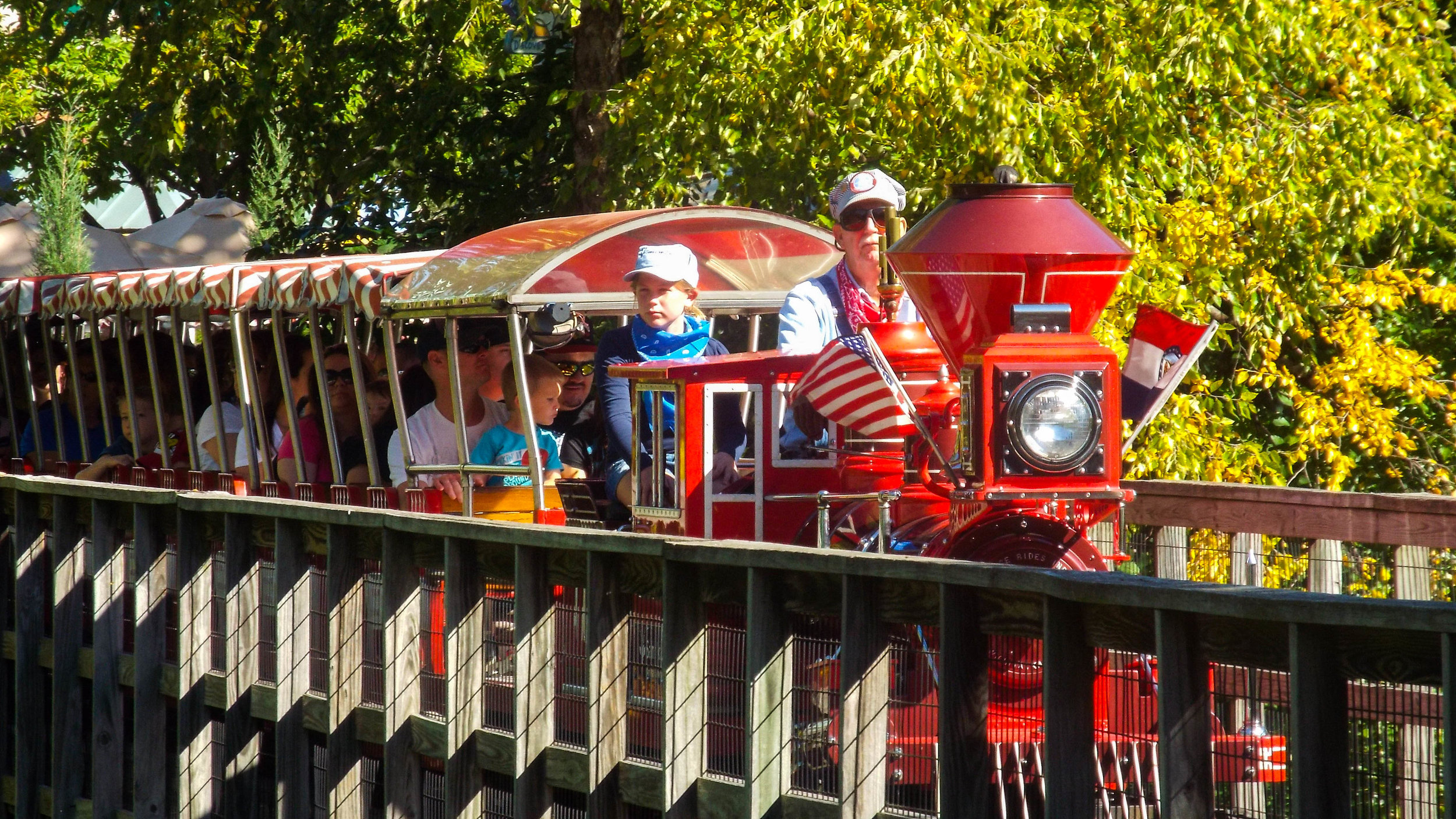Welcome to Webster Groves, Missouri
"A Great Place to Live, Work & Play"
Christopher Hawken House
Webster Groves is located ten miles southwest of Saint Louis. The area was known in the early 18th century to Missouri, Osage and Dakota tribes and fur trappers as the "Dry Ridge." During this time the region was part of the Upper Louisiana Territory and overseen by Spain. The Spanish had a system of issuing land grants as a check against the British and in 1802 Gregorie Sarpy obtained a grant of 6,002 acres that covered most of the area now known as Webster Groves. This tract of land was L-shaped parcel rather than square. Because of its non-standard shape, the Federal Land Commissioner refused to recognize the claim, and the land was tied up in litigation until Congress recognized it in 1842
Despite the legal dispute, Sarpy sold 4000 acres of the parcel to John Jacob Astor in 1817. Several years later Gregoire's son, John Sarpy, and Pierre Chouteau, Jr acquired the remaining 2000 acres, the core of present day Webster Groves. By the mid-nineteenth century, both John Sarpy and Pierre Chouteau, Jr. had divided up and sold off much of their properties to the people who would become Webster Groves earliest settlers and community builders.
In the early 1830s, John and James Marshall, two brothers from Virginia purchased 800 acres and operated a supply store, stagecoach stop and post office for many years. In 1849 the Missouri State Legislature granted a charter to the Pacific Railroad to go through Jefferson City and on to the western boundary of the state. The Marshall brothers donated a right of way through their land to the Missouri Pacific Railroad. Within four years the railroad extended from St. Louis out to Kirkwood. In 1852 the Reverend Artemus Bullard, a minister at the First Presbyterian Church in St. Louis, established the Webster College for Boys on land donated by the Marshall brothers. The Webster College stop was built in 1853 to serve the new preparatory school.
Many of the area's earliest inhabitants of Webster Groves were teachers at the school. However, it was prominent St. Louis businessmen who spurred the early development of the area as a commuter suburb of St. Louis. Many built large homes in the area and moved their families to the country away from the unhealthy conditions of the city. The railroad made it possible for them to live in the country and commute to work in the city. One of these businessmen was Christopher Hawken, the heir of a St. Louis rifle manufacturing company that produced the Hawken Rifle, called the "gun that settled the West." The 1857 Federal/Greek Revival home is the oldest house in suburban Webster Groves. It is decorated with furnishings of the era and is home to the Webster Groves Historical Society.
In 1860, John Marshall platted the original Webster Groves subdivision around the Webster College stop and began selling lots. Originally, the area was called Webster, but was changed to Webster Groves when it was discovered that a town named Webster already existed in Missouri. During the 1870s, the nation faced an economic depression and for the first time since the area began to be settled, property values as well as population in Webster Groves declined. Jane Morrison, Gregoire Sarpy's daughter, contested the Sarpy Land Grant and people could not buy property with a clear title, further reducing interest in property in the area. During this decade the Missouri Pacific Railroad viewed the commuters as a nuisance and fares were increased and often trains refused to stop at the Webster station. As a result, many families moved back to the city.
By the 1880s, however, the Morrison lawsuit had been settled, the railroad was under new management, and a second rail line, the Frisco, was laid several miles to the south. Soon, numerous subdivisions, including Old Orchard, Webster Park and Tuxedo Park, had been platted around the new railroad stations, and residential development boomed throughout the area.
In 1883 area residents rejected a petition to incorporate Webster Groves because many had moved to the country to get away from city restrictions. A proliferation of saloons, increasing crime, and the need for public improvements renewed talk of incorporation in the mid-1890s. In 1896 the City of Webster Groves was incorporated joining the Webster, Tuxedo Park and Webster Park communities along the Missouri Pacific Railroad line and the Old Orchard and Selma communities along the Frisco Railroad line. The construction of two streetcar lines through Webster Groves in the late 1890s provided sparked another boom in residential and commercial development that lasted into the 1920s. Streetcar service in Webster Groves was discontinued in the late 1940s. Webster Groves has grown into a community with beautiful homes of a variety of architectural styles that reflects diverse influences.











